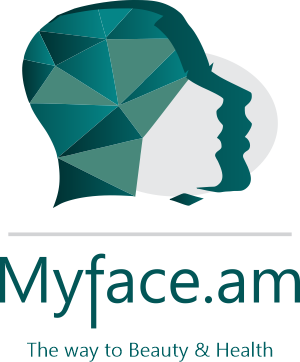Гениопластика
Genioplasty is a type of surgery done on the chin. Both plastic surgeons and maxillofacial surgeons (surgeons who work on the mouth and jaw) can perform this type of surgery.
Genioplasty is most frequently a cosmetic surgery, meaning people choose to have it for looks and not because of a medical problem. For this reason, it’s often not covered by insurance.
There are several ways to conduct this procedure:
- advancement, or moving the chin forward
- pushback, or moving the chin backward
- side-to-side, which can help with asymmetrical chins
- vertical changes, such as making the chin longer or shorter
There are two main types of genioplasty: sliding genioplasty and chin implants.
Sliding genioplasty
In a sliding genioplasty, a surgeon uses a saw to cut the chin bone away from the rest of the jaw and move it to correct a chin deficiency. This is also called an osseous genioplasty.
This type of genioplasty is recommended for people with severe retrogenia, or people whose chin is too far back in relation to the rest of their face. It can also help with correcting chins that are pushed too far forward and are too long.
Chin implants
Chin implants can be used to reshape, enlarge, or push forward the appearance of the chin. This can be accomplished via surgery or injection.
Surgical chin augmentation involves implanting a plastic material into the chin and adhering it to the bone. Alloplastic implants (those made from synthetic materials) are the most common.
Nonsurgical chin augmentation involves using needles to inject fillers, such as body fat, to enhance the appearance of the chin.

